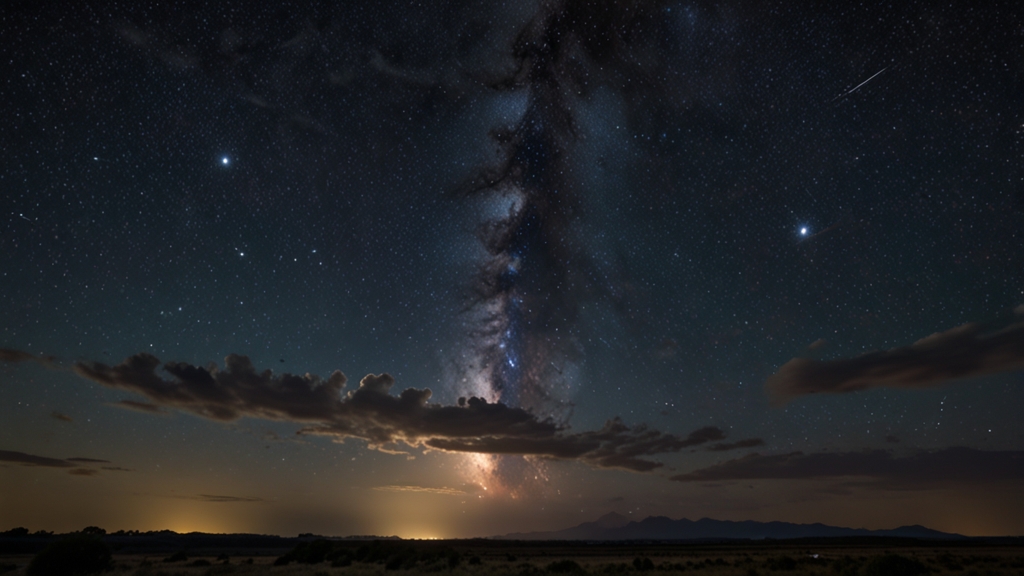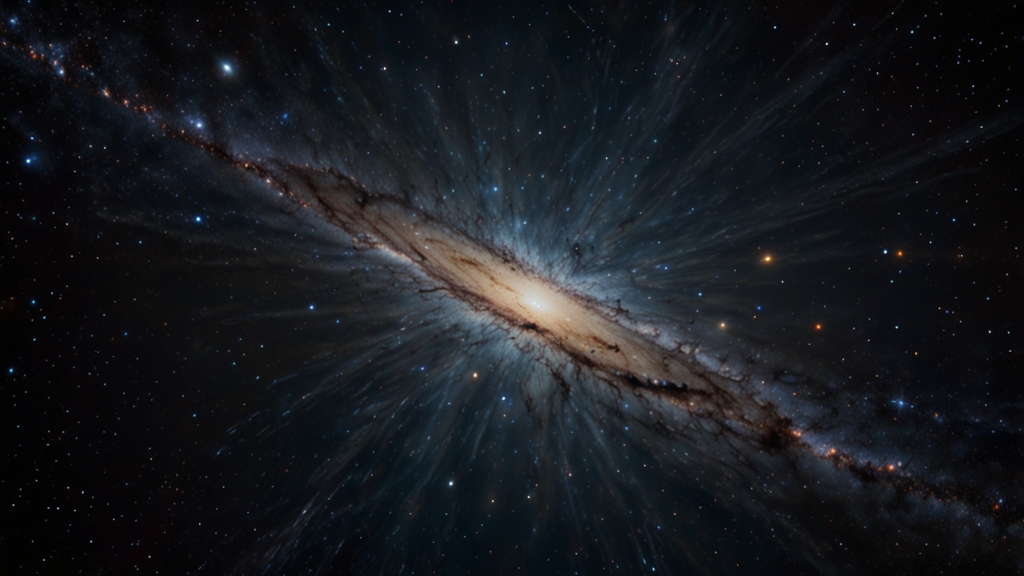When Stars Die: The Spectacular Events That Light Up Our Skies
The life cycle of a star is a grand, cosmic journey that has fascinated astronomers and enthusiasts alike for centuries. From their birth in stellar nurseries to their often cataclysmic demise, stars play pivotal roles in the universe. The final stages of a star's existence are marked by breathtaking events that light up our skies and profoundly impact their cosmic neighborhoods. Let's delve into these stellar endgames and the mesmerizing phenomena they produce.
Supernovae: A Cosmic Explosion
One of the most awe-inspiring events in the cosmos is the supernova. This stellar explosion marks the death of a massive star, typically at least eight times the mass of our Sun. When a star exhausts its nuclear fuel, its core collapses under gravity, leading to a colossal explosion that can outshine entire galaxies for a brief period.
The intensity of a supernova is such that one occurring in our galaxy could be visible even in daylight. Supernovae are more than just a dazzling light show; they are also crucibles for the formation of heavy elements. Indeed, much of the gold, silver, and other elements on Earth originated from these violent stellar deaths.
"We are all made of star stuff," famously stated by Carl Sagan, underscores our deep connection to these cosmic phenomena.
Neutron Stars and Pulsars: The Dense Remnants
After a supernova, the remnants of the star may form a neutron star, an incredibly dense object composed almost entirely of neutrons. A neutron star's density is so extreme that a sugar-cube-sized amount of its material would weigh as much as Mount Everest.
In some cases, neutron stars manifest as pulsars, which are highly magnetized, rotating neutron stars that emit beams of electromagnetic radiation. When these beams sweep past Earth, they appear as regular pulses of light, hence the name. Pulsars serve as cosmic lighthouses, providing valuable insights into the extreme conditions of the universe.
Black Holes: The Ultimate End
For stars with masses exceeding twenty times that of the Sun, the endgame can be even more dramatic: the formation of a black hole. When such a massive star collapses, it compresses its core to a point of infinite density, known as a singularity, surrounded by an event horizon from which no light can escape.
The presence of a black hole can be inferred from its gravitational effects on nearby objects and its interaction with surrounding matter. As stellar material spirals into a black hole, it heats up and emits X-rays, offering indirect, yet compelling, evidence of these enigmatic entities.
"The universe is under no obligation to make sense to you," said Neil deGrasse Tyson, reminding us of the profound mysteries that black holes embody.
White Dwarfs and Planetary Nebulae: The Quiet Fade
Not all stars meet such violent ends. Stars with masses similar to our Sun end their lives more quietly by shedding their outer layers and forming planetary nebulae. These colorful shells of ionized gas expand into space, illuminated by the remaining hot core of the star, now a white dwarf.
White dwarfs are Earth-sized but incredibly dense, holding a mass similar to the Sun's. Over billions of years, they will cool and dim, eventually becoming cold, dark remnants known as black dwarfs, though the universe is not old enough for any black dwarfs to exist yet.
A Galactic Canvas
The death of stars, whether through violent explosions or quiet transitions, contributes to the rich tapestry of our galaxy. These events distribute elements necessary for life and provide astronomers with natural laboratories to study the fundamental forces of the universe. Next time you gaze at the night sky, remember that some of the most brilliant points of light are not stars in their prime but rather the grand finales of stellar lifetimes.
"To confine our attention to terrestrial matters would be to limit the human spirit," suggested Stephen Hawking, emphasizing the profound significance of looking beyond our planet to understand cosmic events.













